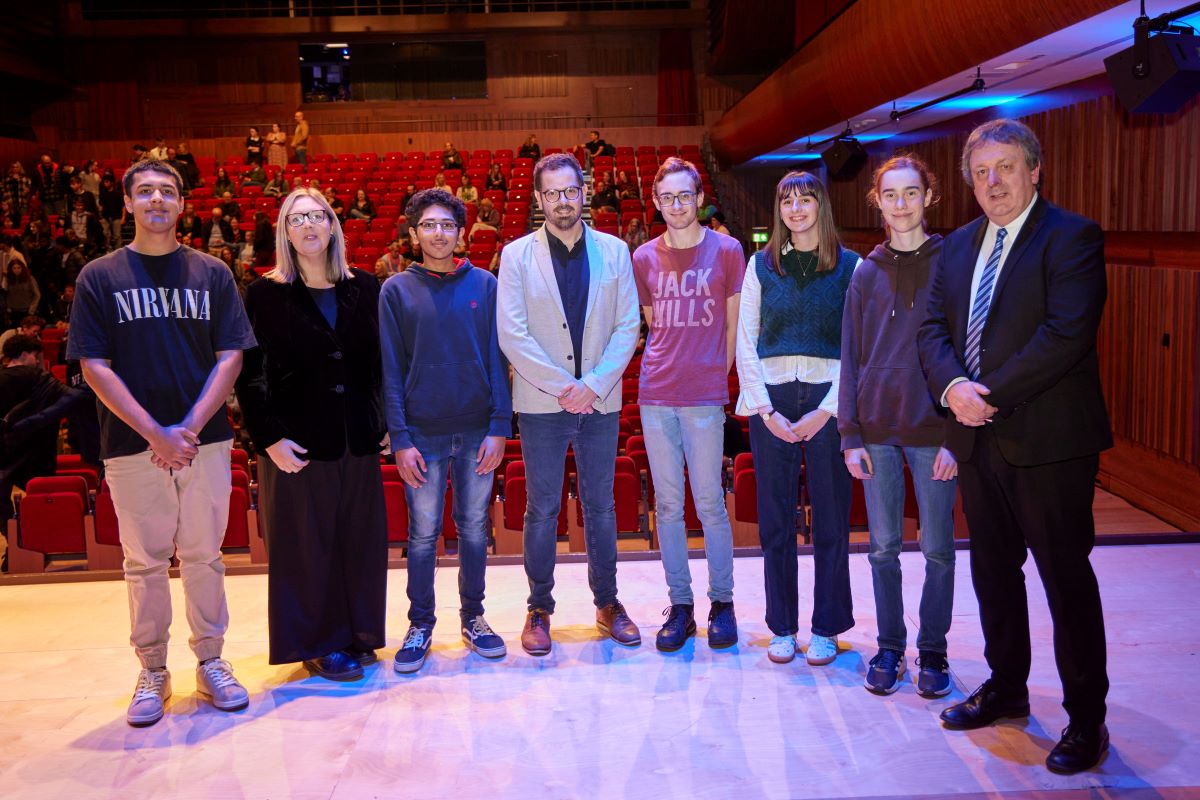Seeking a Solution to Digital Inequality within Education

The global pandemic, and widespread virtual learning, exposed a digital divide that was far greater than anyone had imagined. While in most cases, the poorest in society were hit the hardest, digital inequality impacted all demographics and segments of society. The lockdowns brought to light the scale of the problem and the urgency with which it needs addressing.
As I write this post, schools across the country are closed due to severe weather warnings: disruption seems the new way of life, and it is critical that we do all that we can to help close this gap permanently, to ensure an inclusive education for all.
Having discussed the issue at length with my industry peers and university customers, here are my key thoughts and observations on the subject so far…
Hybrid learning is in danger of creating a ‘proximity bias’
Historically, the campus has been the great leveller, but virtual learning has created new complexities. While many institutions have encouraged students back to campus this academic year, some universities have noted that students choosing not to attend are at danger of becoming marginalised.
Ultimately, students need to be given choice in where and when they would like to study, with the reassurance that everyone will receive an equal experience. Much of this comes down to training and culture. Remote learning and flexible timetables have the benefit of accommodating students with jobs, and those who are full-time parents or carers; as well as offering improved accessibility for mature students and students with disabilities; not to mention the environmental benefits such as a reduction in carbon emissions from daily commuter traffic. With hybrid learning here to stay, it is critical that universities and colleges are mindful of segregation, or proximity bias, not occurring.
Laptop loans are only a temporary solution
Over the short term, academic institutions have dealt with the digital inequality issue by loaning laptops to students and extending access to data and connectivity, but there is industry consensus that this is no permanent fix.
One UK university, for example, purchased 600 laptops, but required an additional government top-up as they had only managed to reach a fifth of their student body. Furthermore, the logistics of handing out thousands of laptops has proven tricky, along with the added challenge of retrieving them once they are no longer needed. Universities around the country have had to write off hundreds of ‘lost’ laptops over the past couple of years, with many doubtful over how much they were used for learning purposes.
Trials with low-cost, low-power devices have also proven unpopular with students. Ultimately, a better long-term solution is needed.
University staff need upskilling in active blended-learning technologies
Until recently, digital competence has rarely been a job requirement for teaching staff in FE and HE. Rather, it is common for lecturers and professors to have held their tenure for many years, and technology may often bear no relation to their field of competence. However, throughout the pandemic, teaching staff have shown incredible agility and tenacity, having to adapt very quickly, delivering remote learning in unprecedented ways, under extreme pressure.
Now that the dust has settled, FE institutions must focus on upskilling their staff properly, in the technologies that support active blended learning. The universities I have spoken to are anticipating some push-back and believe a cultural and mindset shift is needed. Lecturers and professors must summon the desire to become more digitally competent, so that they can deliver a level playing field for all. Looking ahead it seems likely that new teaching hires will need to demonstrate the same basic digital skills that are required in industry.
Every student needs a safe and quiet place to study
The pandemic exposed many different levels of deprivation, and while having access to the right technology and device is critical to learning, having a safe place to study is of equal importance. Virtual learning exacerbated the digital inequality position, because where learners had access to data and a safe place to learn, they were able to participate; but where there were other issues, such as a difficult living situation, those individuals fell behind.
Over the past year, universities have found themselves needing to create more safe spaces for students to study on-site, and in many cases, this means repurposing exiting teaching rooms and spaces. One UK university, for example, had to sacrifice its entire library to create a collaborative workspace where students can bring their laptops to learn and study virtually.
Finding a solution…
While we can begin to tackle the issue of digital inequality from an IT angle, it is important to recognise that this is not just an IT issue, but rather one that sits across the whole of academia, from primary through to higher education, permeating every corner of the country.
Digital inequality is truly one of the biggest issues facing universities and colleges, and as life begins to return to ‘normal’ and restrictions end, it is crucial that stakeholders come together and collaborate, and share learnings with one another, so that a permanent solution can be found. Education is a basic human right, and we must do all that we can to preserve this.
Steve Berry, Education Lead – Midlands, South West and Wales, Citrix











Responses